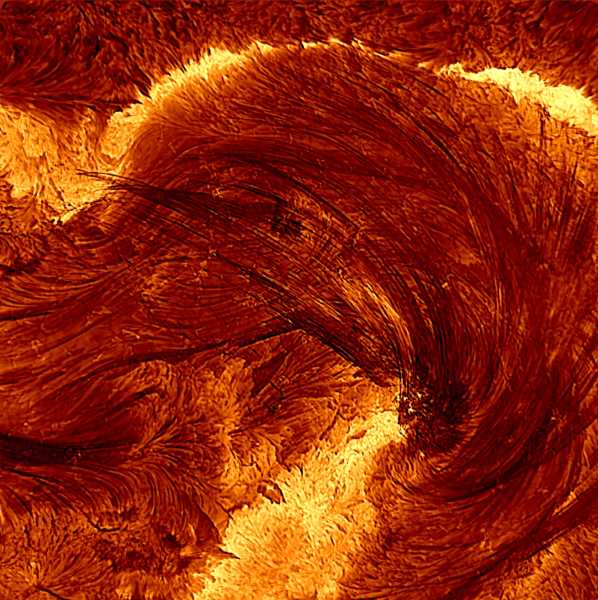
The Inouye Solar Telescope captured this solar flare on August 8, 2024.
The world's largest solar telescope has produced unprecedentedly detailed images of flare activity, exceeding all expectations.
Scientists have captured the final phase of a powerful X-type flare that occurred on August 8, 2024, using the Daniel K. Inouye Telescope in Hawaii. The images clearly show turbulent plasma structures in the solar atmosphere. The data could shed light on the nature of solar flares and improve models for predicting them.
“This is the first time that the Inouye telescope has detected an X-class flare,” said study co-author Cole Tamburri, a solar physicist at the University of Colorado. “Events like this are the peak form of energy output from our star. We were extremely fortunate to have the observing conditions.”
You might be interested
-

Super-powerful telescope detects ultra-thin magnetic 'curtains' in solar atmosphere
-
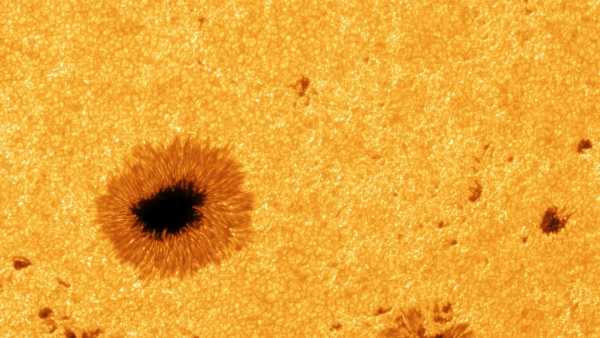
8K Sunspot Photos: Unprecedented Detail of Space Turbulence
-
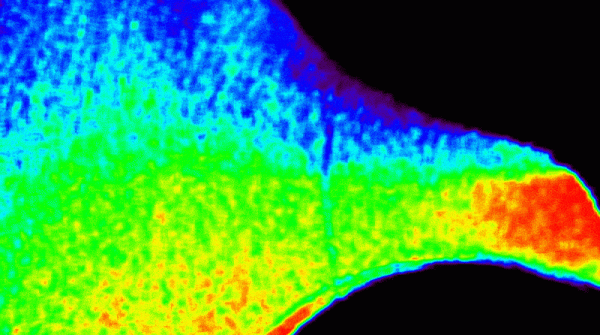
ISS Solar Telescope Captures Micro-Fluctuations in Star's Upper Atmosphere for the First Time
Solar flares are colossal emissions of electromagnetic radiation. Distorted magnetic fields form giant plasma arcades that extend into the corona. When the fields return to their original state (magnetic reconnection), particles are emitted that can disrupt satellites and terrestrial communications.
The exact size of the structures that form these arcades remains unclear. Early studies were limited by the technical capabilities of previous generations of telescopes.
In a paper published August 25 in The Astrophysical Journal Letters, Tamburri's team used the Inouye Space Telescope's VBI instrument to analyze the final stage of the outburst. The plasma loops averaged 48 kilometers (30 miles) wide, with some as small as 21 kilometers (13 miles), close to the limit of the spacecraft's resolution.
“We have reached scales that were previously theoretical,” Tamburri explained. “We can now study not only the sizes, but also the dynamics of the structures, as well as the parameters of magnetic reconnection, the key mechanism of the flares.”
RELATED MATERIALS
—A giant telescope camera captured a sunspot the size of a continent.
—A record-breaking long-lived sunspot makes its third revolution around the star.
—Weekly space image: pink “drops” on the Sun in maximum resolution.
According to scientists, the observed loops may be elements of larger arcades. “If the hypothesis is correct, we have identified individual elements rather than groups of structures for the first time,” Tamburri emphasized. “We used to see a forest, now we can see trees.”
The authors of the study claim that the data obtained will make it possible to refine computer models of flare activity and study coronal magnetic fields.
“This is a turning point in solar science,” Tamburri concluded. “We are now seeing processes on a natural scale.”
TOPICS Solar activity

Skyler Ware, Social Media, Live Science Contributor
Skyler Ware is a freelance science writer specializing in chemistry, biology, and earth sciences. She was a 2023 AAAS Science News Fellow. Her work has appeared in Science News Explores, ZME Science, and elsewhere. She holds a PhD in chemistry from Caltech.
Please verify your public name before commenting.
Please sign in again to enter your display name.
Exit Read more

Super-powerful telescope detects ultra-thin magnetic 'curtains' in solar atmosphere
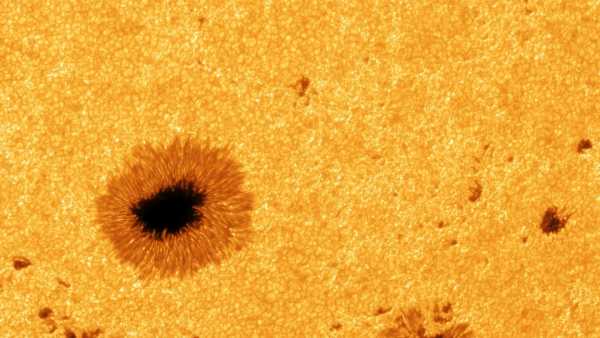
8K Sunspot Photos: Unprecedented Detail of Space Turbulence
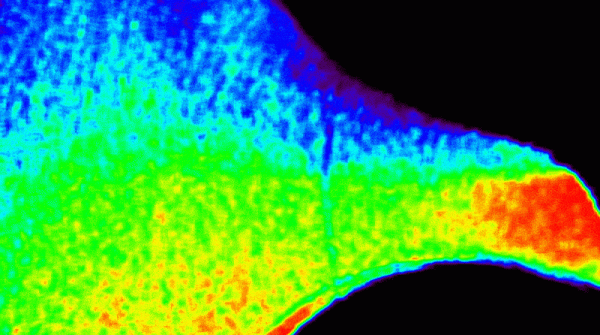
ISS Solar Telescope Captures Micro-Fluctuations in Star's Upper Atmosphere for the First Time
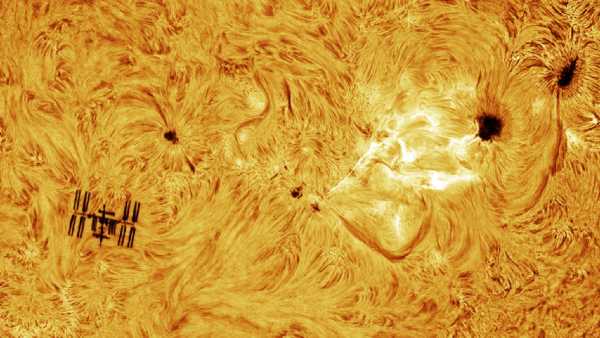
Unique shot: solar flare “touches” the ISS
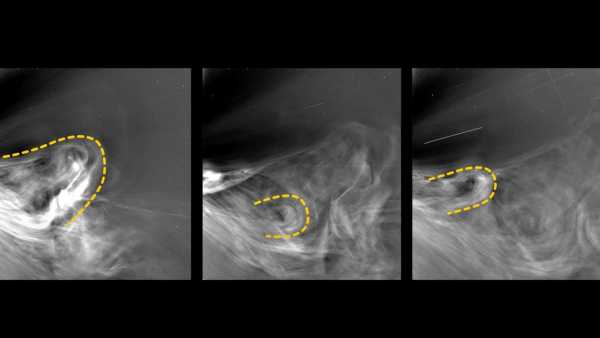
Parker probe approaches the Sun at a record distance
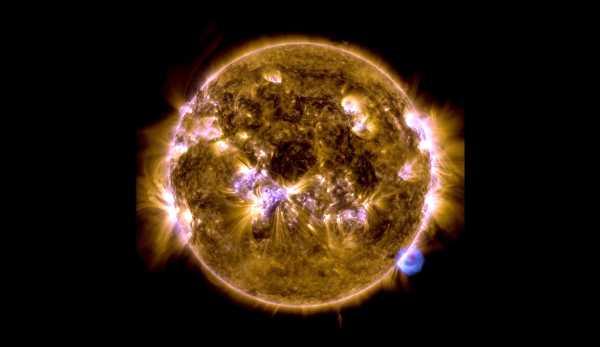
Parker Solar Probe Detects Sun-Ranging Coronal Mass Ejection
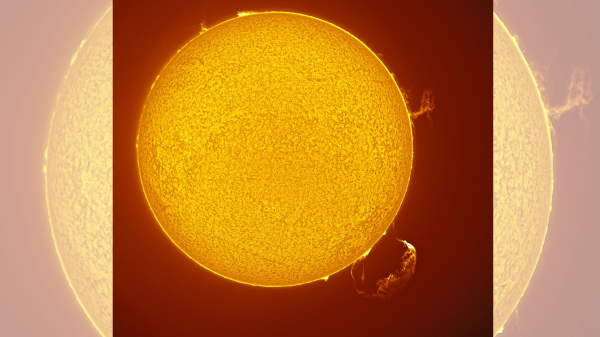
Plasma Tornado and Giant Prominence: A Double Phenomenon on the Sun
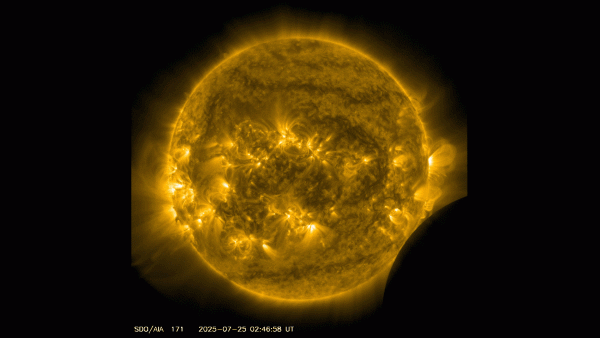
NASA Records Lunar Transit and Earth Eclipse in One Day
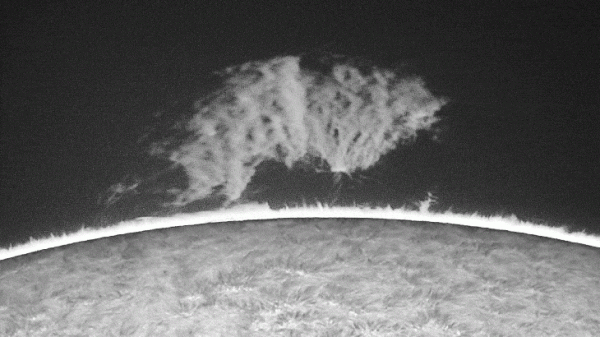
'Space Beast': Plasma Plume 13 Earths Big Hovering Over Sun
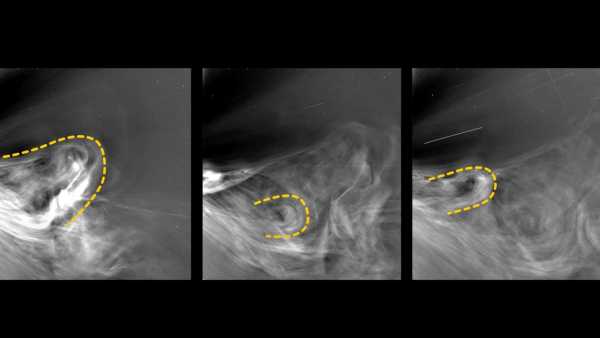
Parker probe approaches the Sun at a record distance
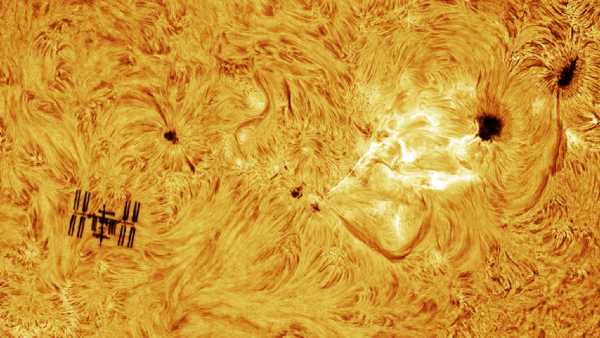
Unique shot: solar flare “touches” the ISS
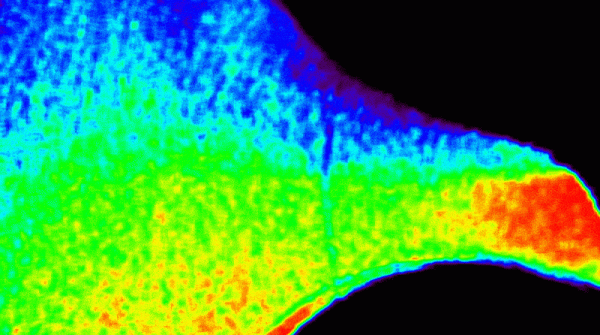
ISS Solar Telescope Captures Micro-Fluctuations in Star's Upper Atmosphere for the First Time
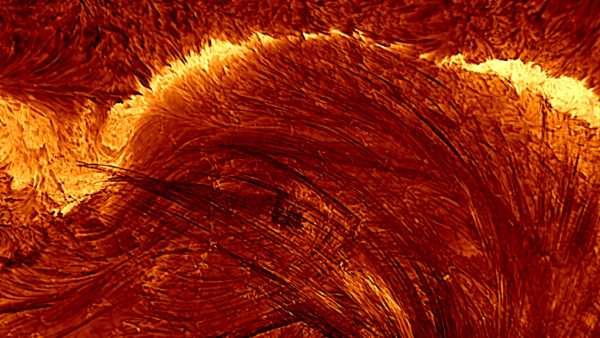
Scientists present the most detailed image of a solar flare

Unusual Ankylosaurus With Meter-Long Spikes Discovered in Morocco

Sloth Mistaken Barbed Wire for Tree: Touching Footage

China Creates Self-Recharging Bioluminescent Plants

80,000-year-old Uzbek artefacts may be oldest arrows – possibly Neanderthal

Starship successfully completed its anniversary flight after a series of failures. POPULAR

1Unusual Ankylosaurus With Meter-Long Spikes Discovered In Morocco
Live Science is part of the media holding Future US Inc. Visit our portal.
- About Us
- Contacts
- Rules
- Confidentiality
- Cookies
- Availability
- Advertising
- Notifications
- Vacancies
- Standards
- To the authors
© Future US, Inc., 130 West 42nd Street, New York 10036.
Sourse: www.livescience.com





